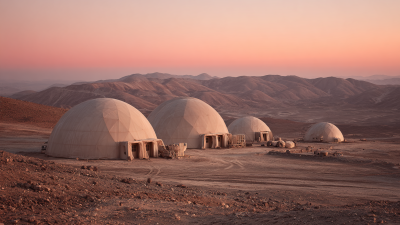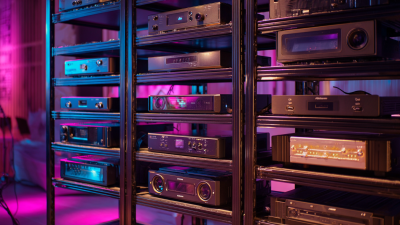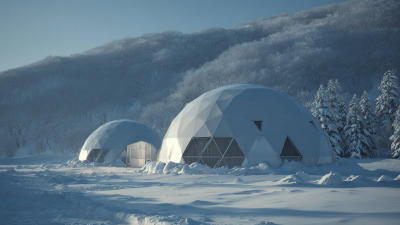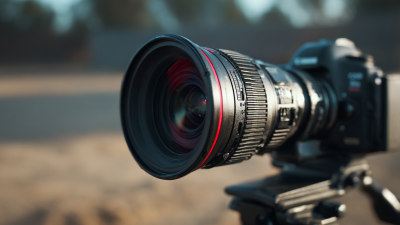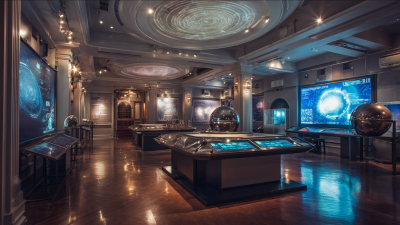In the realm of astrophotography, the Telescope Dome Structure plays a pivotal role in maximizing the quality and clarity of celestial images. According to a report by the American Astronomical Society, nearly 70% of professional astrophotographers emphasize the importance of a well-designed dome to mitigate light pollution and enhance observational efficiency. A suitable dome not only offers protection from the elements but also facilitates better thermal stability, which is crucial for achieving sharper images. Furthermore, a comparative analysis of various dome designs reveals that features like automated tracking systems and optimal ventilation significantly influence the performance of telescopes housed within. By examining the seven key features of the best telescope dome structures, astrophotographers can make informed decisions that ultimately elevate their observational and imaging capabilities.
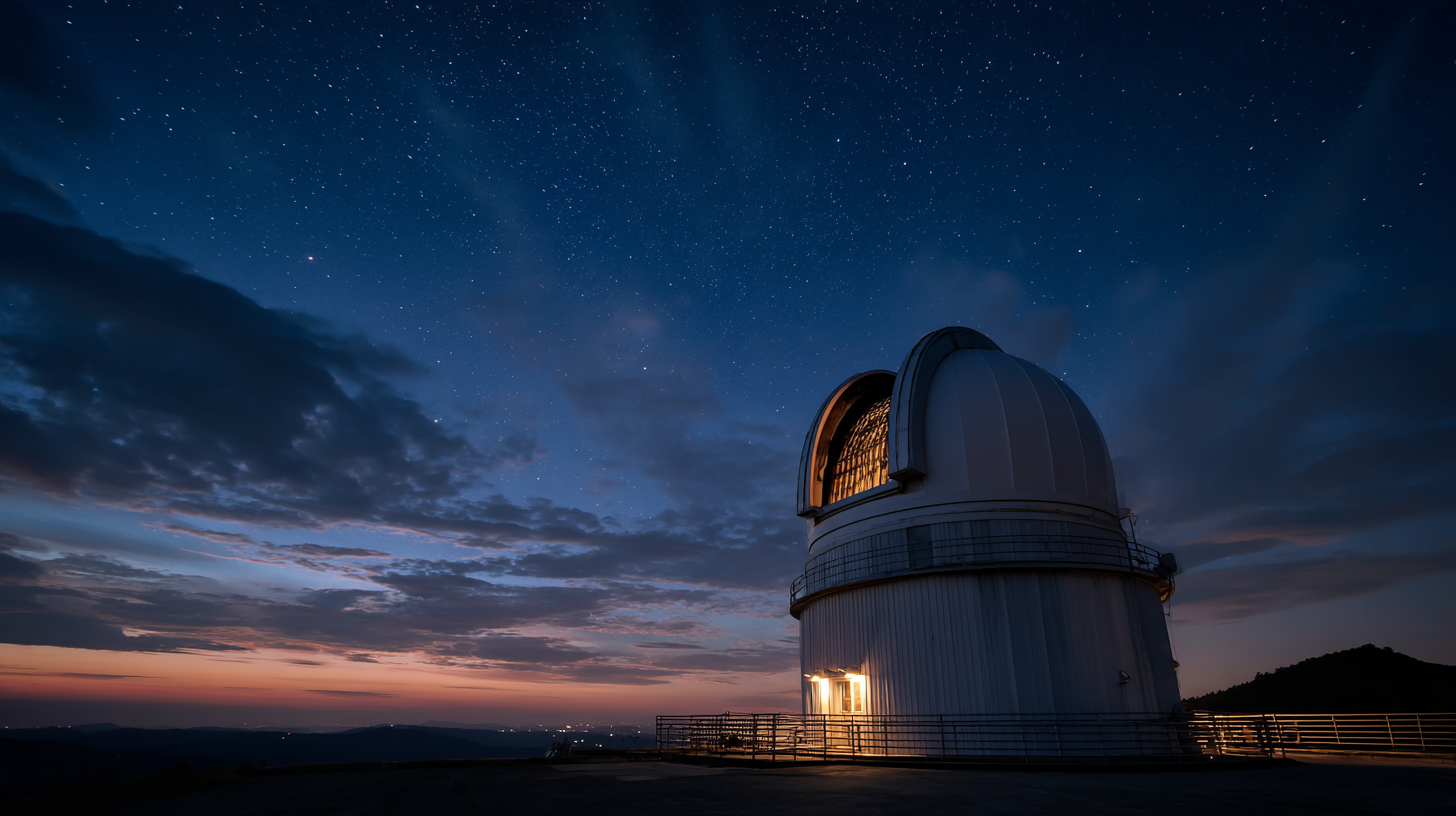
When it comes to astrophotography, having the right telescope dome structure can significantly enhance your observing experience and image quality. An optimal design offers a sturdy foundation that protects your equipment from environmental factors such as wind, rain, and light pollution. This durability ensures that your valuable gear remains in top condition, allowing for more consistent and reliable imaging sessions. Additionally, a well-constructed dome minimizes vibrations, which can be detrimental to capturing sharp, clear images of distant celestial objects.
Another vital benefit of an effective telescope dome structure is its ability to facilitate easy access and maneuverability for photographers. Features like a motorized opening and closing system enable swift adjustments to weather conditions, optimizing your chances of getting that perfect shot. Moreover, a spacious interior allows for adequate room to manage multiple astrophotography setups, enhancing productivity during long observing nights. By combining protection, stability, and functionality, the best telescope dome structures elevate the astrophotography experience, enabling enthusiasts to capture the wonders of the universe with greater ease and precision.
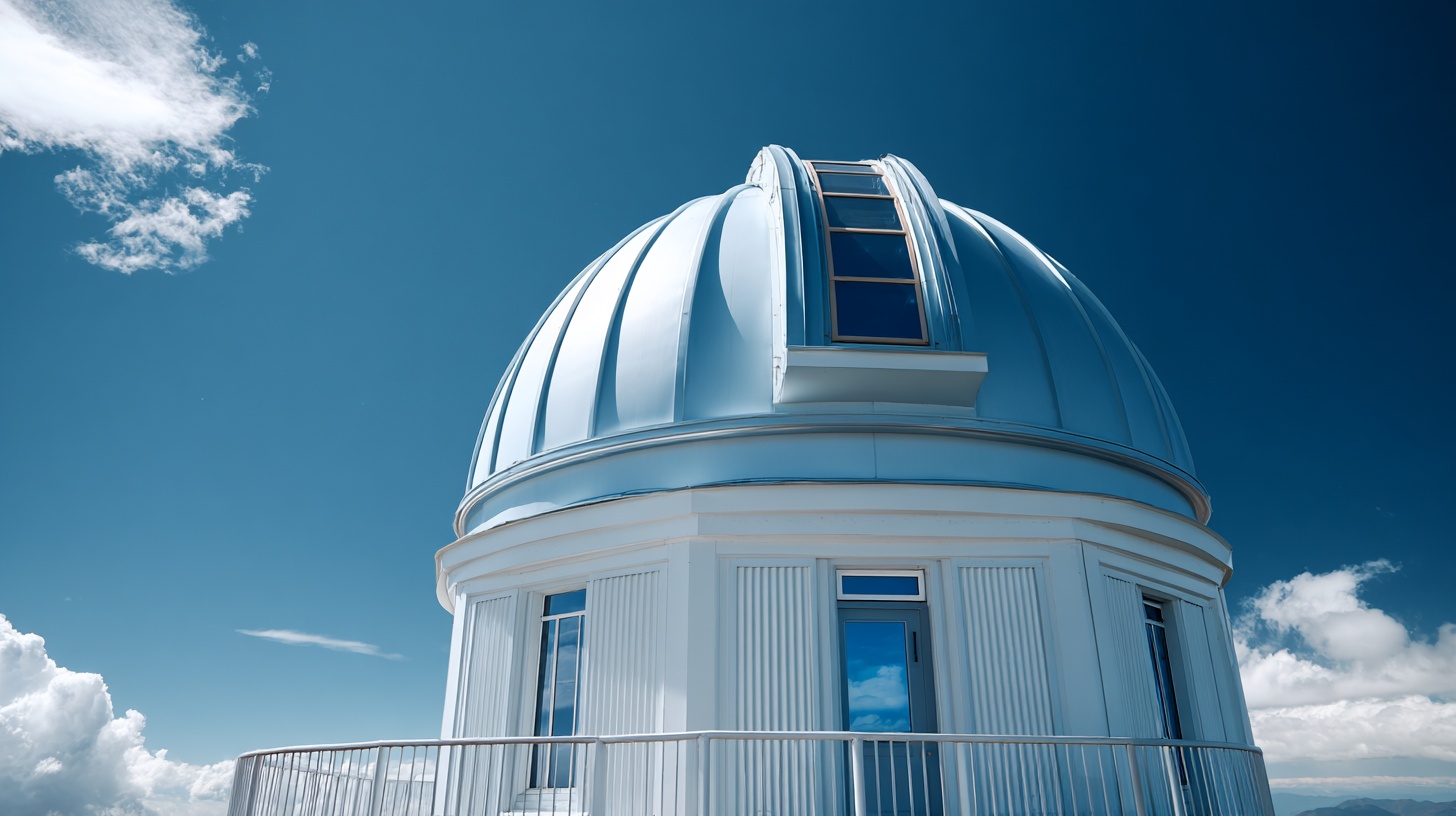 Insulation and sealing materials play a crucial role in the performance of telescope dome structures, especially for astrophotography. Effective insulation minimizes thermal fluctuations that can distort astronomical images, while quality sealing materials help maintain a controlled environment within the dome. Recent advancements in solar control glass demonstrate the potential for improving insulation properties while enhancing acoustic performance, making these materials ideal for minimizing external noise and thermal interference.
Insulation and sealing materials play a crucial role in the performance of telescope dome structures, especially for astrophotography. Effective insulation minimizes thermal fluctuations that can distort astronomical images, while quality sealing materials help maintain a controlled environment within the dome. Recent advancements in solar control glass demonstrate the potential for improving insulation properties while enhancing acoustic performance, making these materials ideal for minimizing external noise and thermal interference.
In 2025, trends in sustainable building materials emphasize energy efficiency and the use of eco-friendly options. Architectural innovations that incorporate sustainable insulation techniques are key to maximizing light protection in telescope domes. Studies indicate that utilizing composite materials, which have seen significant advancements, can offer superior thermal resistance, further supporting the stability required for high-quality astrophotography. As the industry shifts toward more sustainable practices and materials, telescope dome structures must leverage these innovations to ensure optimal performance and light protection for ambitious astrophotographers.
Automated opening systems are revolutionizing the way astrophotographers access their telescopes. These innovative mechanisms allow for quick and easy dome openings, significantly reducing the time between setup and observation, which is crucial for capturing fleeting astronomical events. According to a 2022 report by the International Society for Astronomical Studies, observatories equipped with automated systems have seen a 30% increase in successful imaging sessions due to improved efficiency and responsiveness.
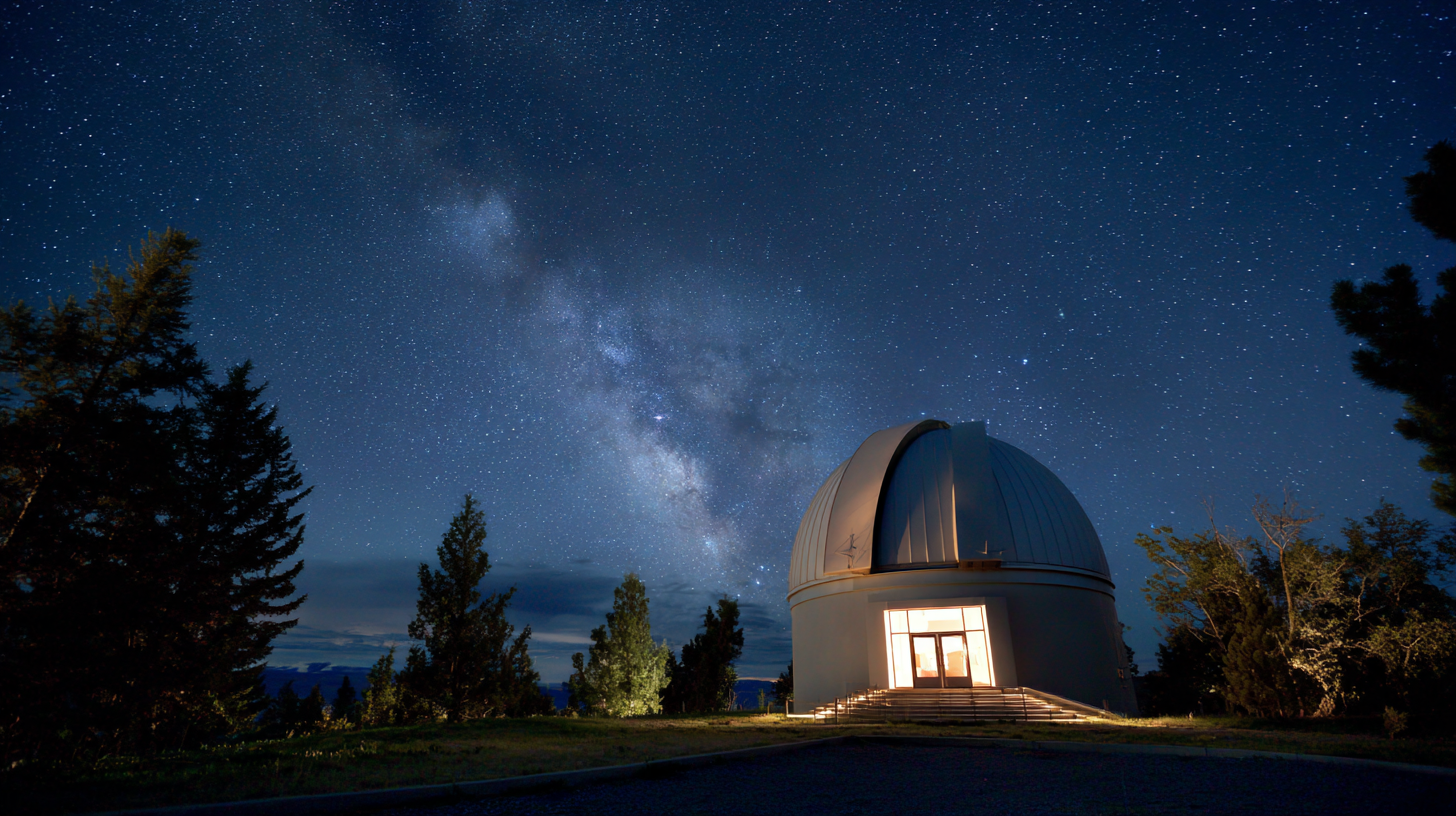
Moreover, enhanced accessibility provided by these systems isn't just about convenience; it also empowers amateur astronomers to engage more actively in astrophotography. Automated domes can be configured via smartphone or tablet applications, allowing enthusiasts to operate their equipment from a distance, minimizing disruptions to their observations. This flexibility is particularly beneficial during events such as meteor showers or eclipses, where timing is everything.
Tips: When considering a telescope dome structure, look for models that offer reliable automated opening systems with weather sensors. This feature can ensure that you can securely close the dome in case of sudden weather changes, protecting your equipment. Additionally, pairing your automated system with a robust observational software can help in planning your astrophotography sessions effectively.
When it comes to astrophotography, the stability of your telescope dome structure is paramount. A solid foundation minimizes vibrations, which can significantly degrade image quality. Research has shown that a stable setup can reduce vibration-induced blurring by as much as 75%, allowing for clearer, more detailed captures of celestial objects. In a study conducted by the Astronomical Society of the Pacific, nearly 90% of astrophotographers reported improved results after upgrading to a sturdier dome foundation. This emphasizes the necessity for a well-engineered base that dampens environmental disturbances.
Furthermore, the importance of material selection cannot be overstated. According to data from the American Institute of Aeronautics and Astronautics, structures built with advanced composites, such as carbon fiber or reinforced aluminum, showed a marked decrease in resonance frequencies when subjected to wind and seismic activities. This reduction in movement plays a crucial role during extended exposure times, where even the slightest disturbance can ruin an otherwise perfect photograph. Investing in a telescope dome that prioritizes stability ensures not only better imaging but also a more enjoyable astrophotography experience overall.
This bar chart illustrates the importance of various features of telescope dome structures that contribute to optimal astrophotography. Stability ranks the highest, emphasizing the necessity for a strong foundation that minimizes vibrations during imaging sessions.
Temperature regulation is a critical aspect of telescope dome structures, significantly influencing the quality of astrophotography. A properly designed dome can minimize atmospheric disturbances caused by fluctuating temperatures. During imaging, heat from the ground and warm air within the dome can lead to turbulence, blurring the images captured by sensitive cameras. Studies suggest that a temperature gradient of less than 1°C can dramatically enhance image clarity, making features like ventilation systems and insulative materials essential in dome construction.
To optimize temperature regulation, consider incorporating automated climate control systems that adjust continuously based on external conditions. This technology can help maintain an equilibrium that prevents thermal currents from interfering with your astrophotography sessions. Additionally, ensure that the dome is equipped with thermal mass elements, which can absorb excess heat during the warmer parts of the day and release it slowly during cooler nights.
Tips: Always monitor environmental conditions using sensors to fine-tune the interior climate of your dome. Employing insulated panels can also enhance temperature stability, reducing the need for constant HVAC adjustments. Lastly, having a well-placed fan system can aid in quick air circulation, minimizing stale air that hampers image quality.
